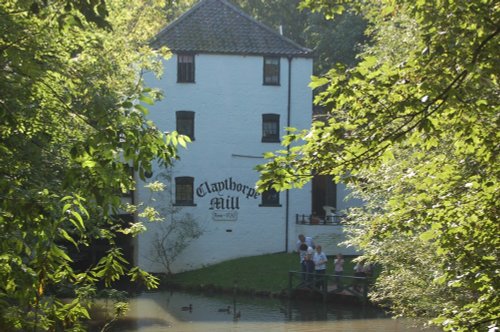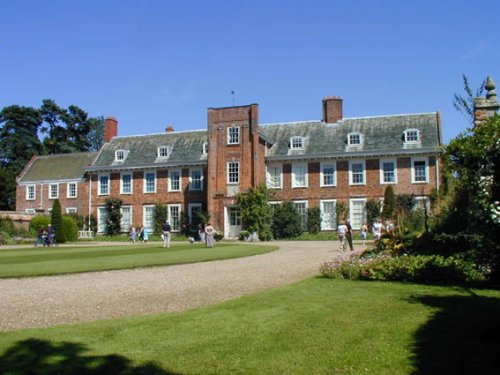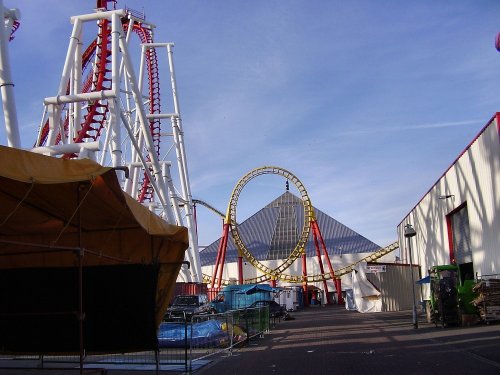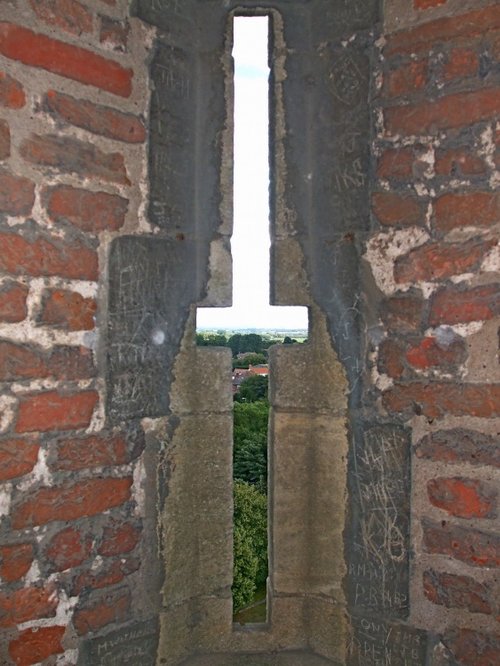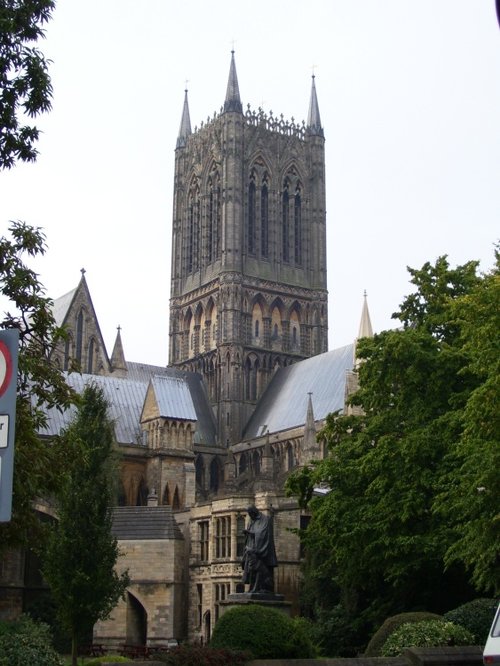Pictures of Louth
About Louth
Louth is a lively and interesting market town whose cattle have now been replaced with other industries and the good townspeople who for centuries were engaged in agriculture, are these days employed in business and commerce.
The towns most impressive feature is the Church of St.James, a truly magnificent church and one of the last great medieval Gothic masterpieces; it is noted for its fine spire, that rises majestcally to a height of 294ft, dating from the 16th-century it is one of the most famous spires in England and has pinnacles and flying buttresses. This astonishing church was rebuilt by local inhabitants in the 16th-century and James Fowler restored it in the 19th-century. The cool interior shows fine wood carving of the 19th-century, work which was carried out by local craftsmen.
Worthy of note is the fact that Louth was mentioned in the Domesday Book as an important market town. Latter years saw a young man called Alfred Tennyson attending Louth Grammar School from 1816 to 1820. Later, Tennyson had his first book of verse published in the town by J & J Jackson, book-sellers. It was a joint venture with his brother Charles and was called Poems by Two Brothers. It is said thet the brothers were paid £20 for their work, and doubtless this was riches in those days. Tennyson went on to eventually become a celebrated Poet Laureate.
The town played a major role in the 'wool' trade and the canal built in the 1770's was used to carry trade in and out of Louth, brought added prosperity to the town. A nearby inn - the Woolpack was used for storing wool as well as providing hospitality for the wealthy merchants. Many of the fine houses to be seen in the town belong to this period and apart from the Woolpack there are several other historic coaching inns. The Town Hall was refurbished in 1854 and remains a constant delight. The well worn slabs of the Market Hall date from mid 19th-century.
Early in the 20th-century 23 people were drowned in the floods when the River Lud burst its banks after heavy rainfall. The raging torrent swept many houses away and destroyed most of the town's bridges. There are stone tablets in James Street, Bridge Street and Eastgate that record the height of the flood-water. It was a tragic time and the town took time to recover.
This is a pleasant place that offers a great deal to interest the visitor. Louth is surrounded by beautiful open countryside and is close to a glorious coastline that has miles and miles of attractive bays and golden sandy beaches. It is a wonderful area in which to relax, unwind and explore. The people here are warmly welcoming and you will find excellent shopping facilities, good inns and hospitable public houses. You will find many picturesque villages surrounding Louth and dotted along the coast but no matter what, your abiding memory will be the soaring spire of the ancient church that has for so long been at the centre of Louth.
